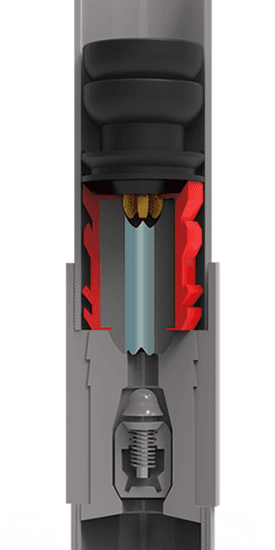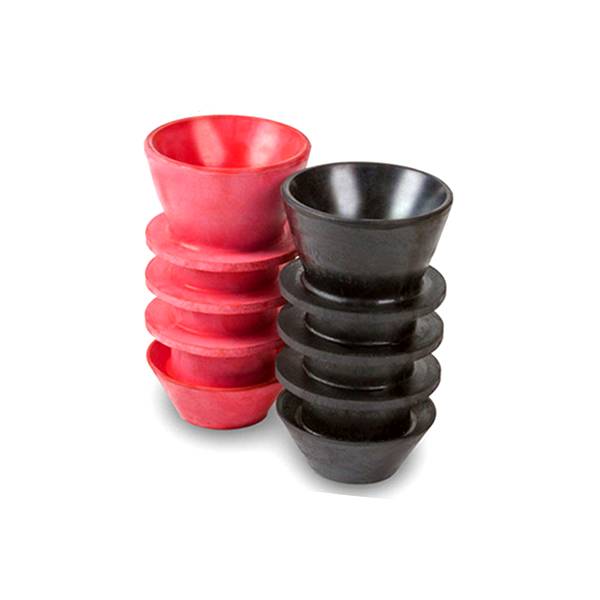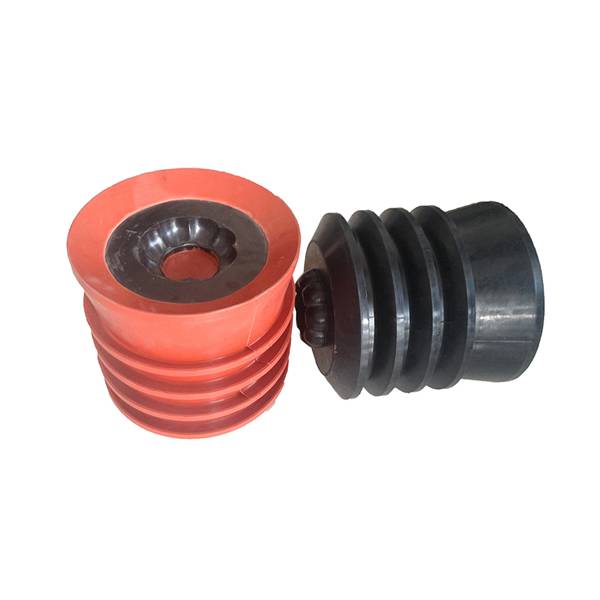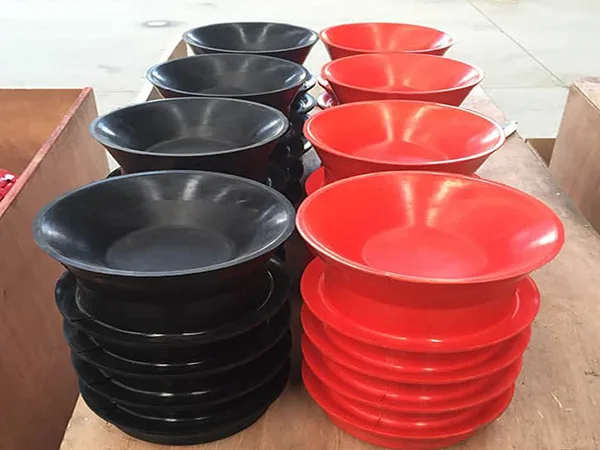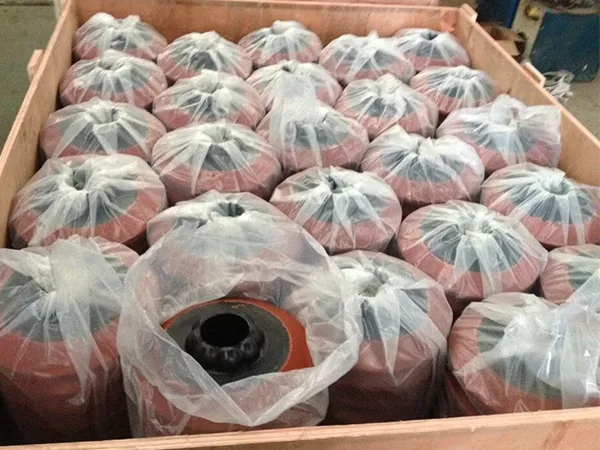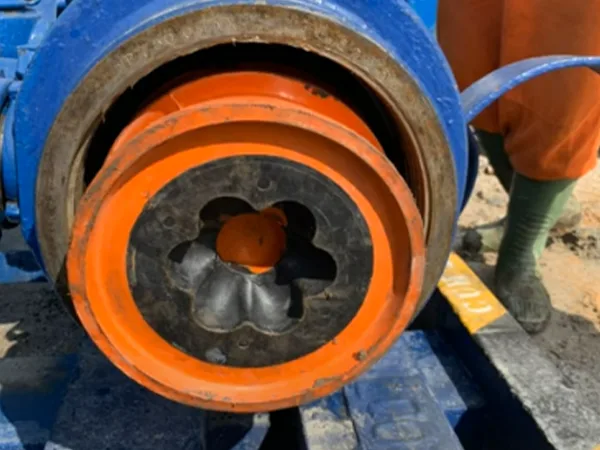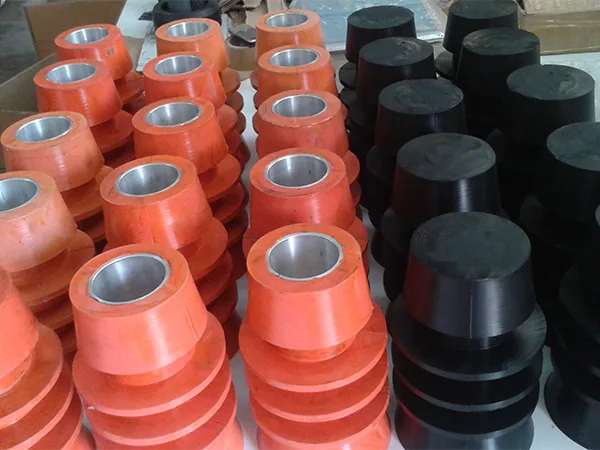
- Home
-
Products
-
Casing Centralizers
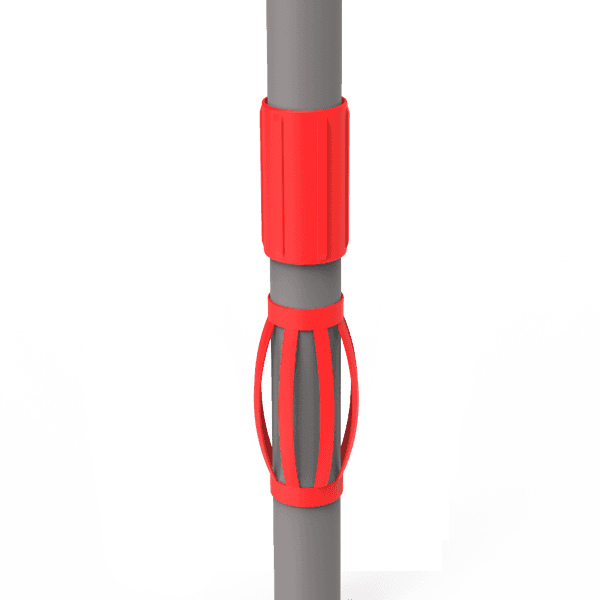
-
Bow Spring Centralizers
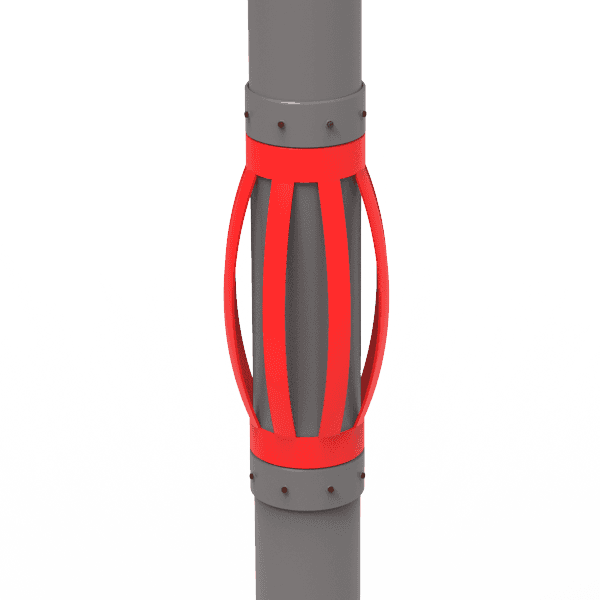
-
Solid Rigid Centralizer
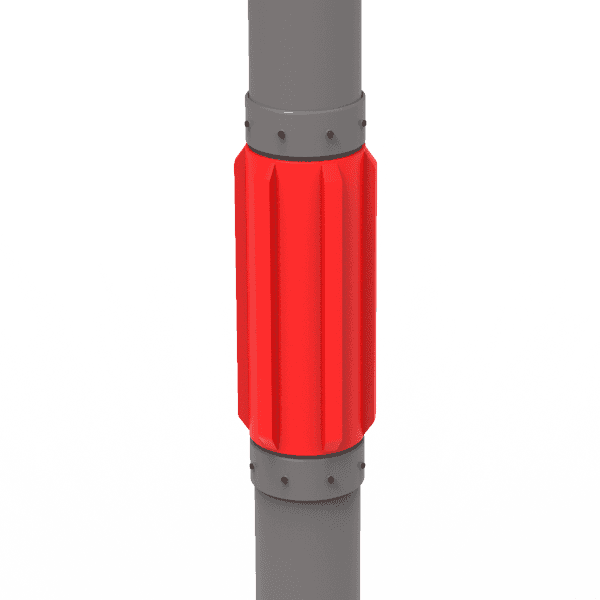
-
Stop Collar
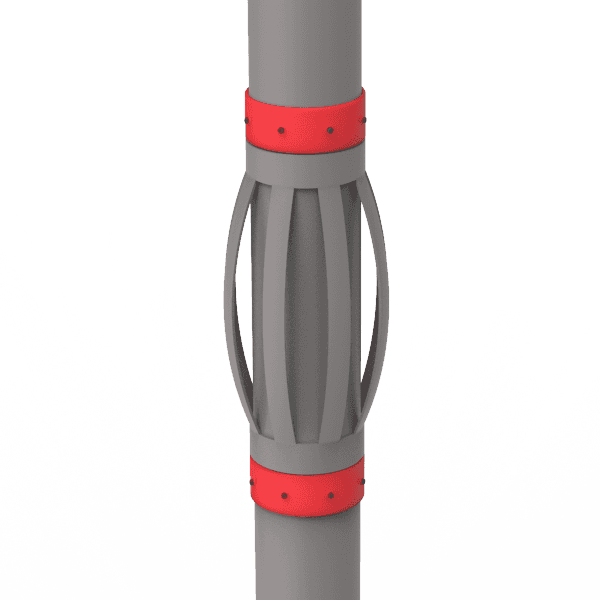
-
Cement Float Shoe & Collar
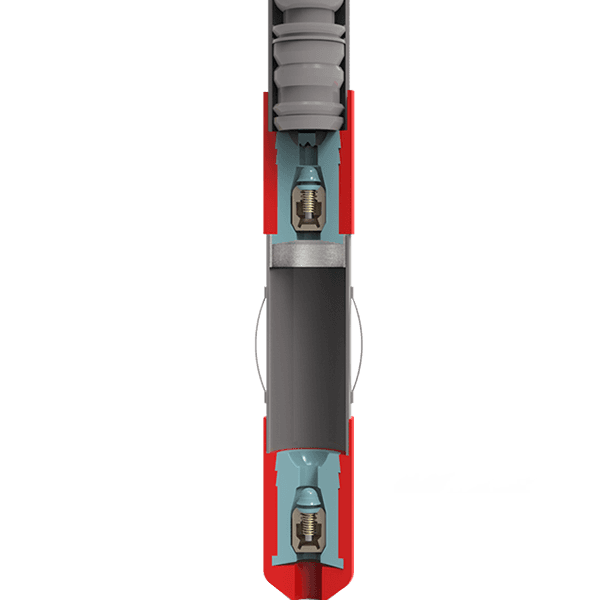
-
Cementing Plug
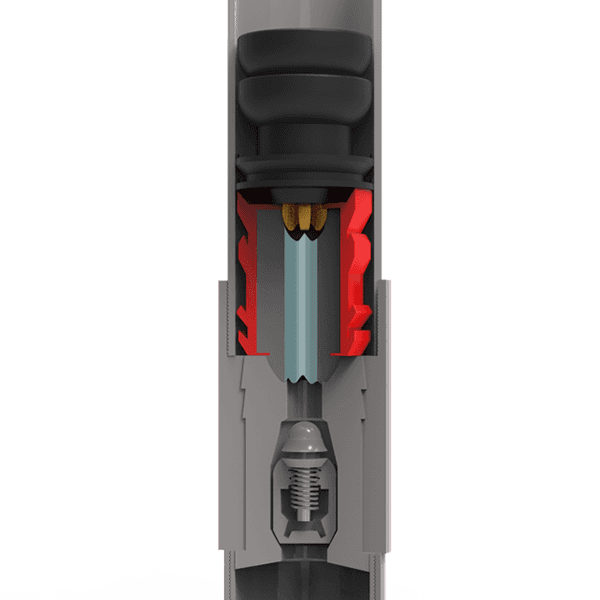
-
Cementing Baskets
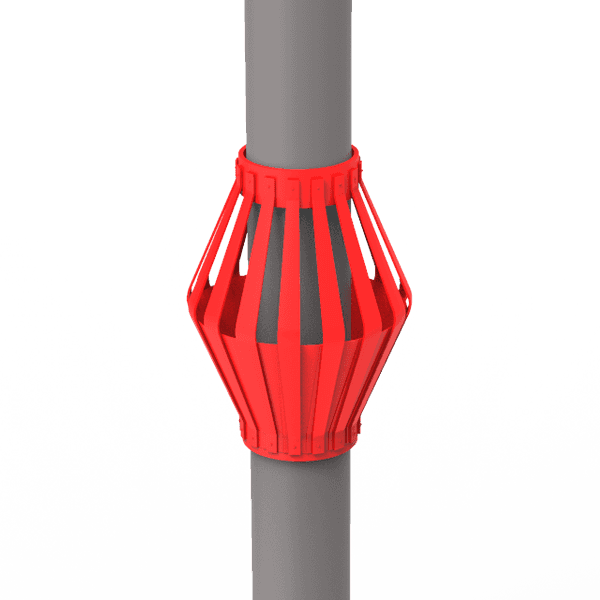
-
Drill Pipe Screen
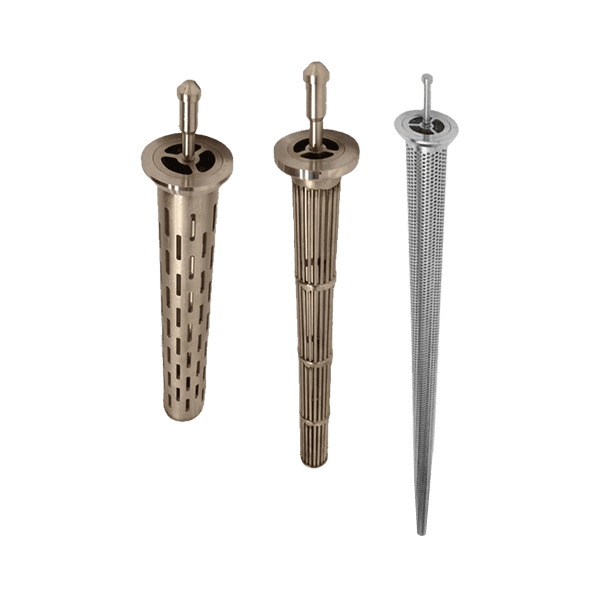
-
ESP Cable Protector
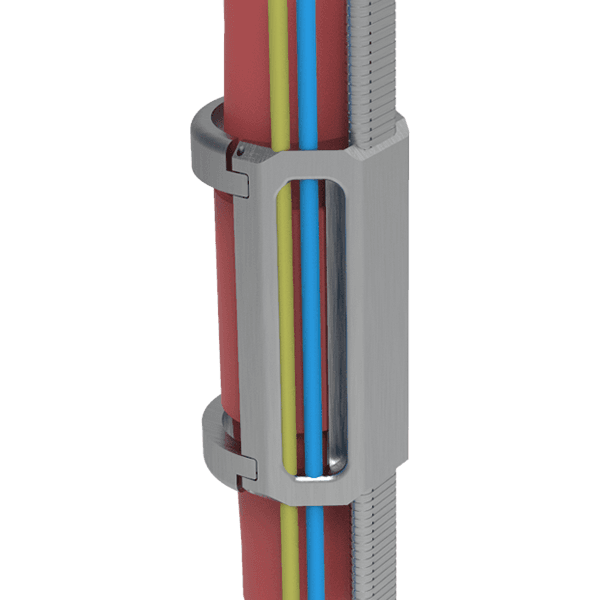
-
Sucker Rod Centralizer
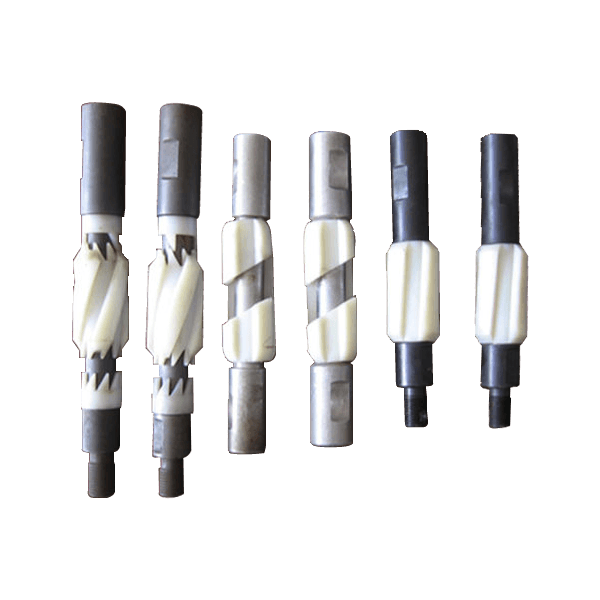
-
API Casing Pipe
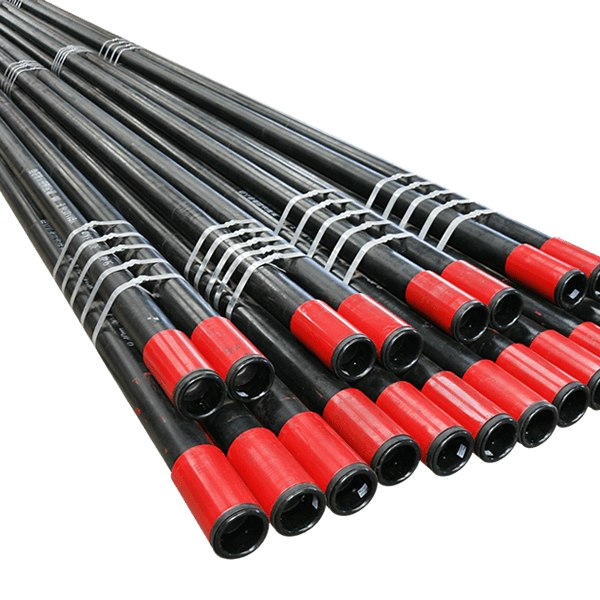
-
API Thread Protector
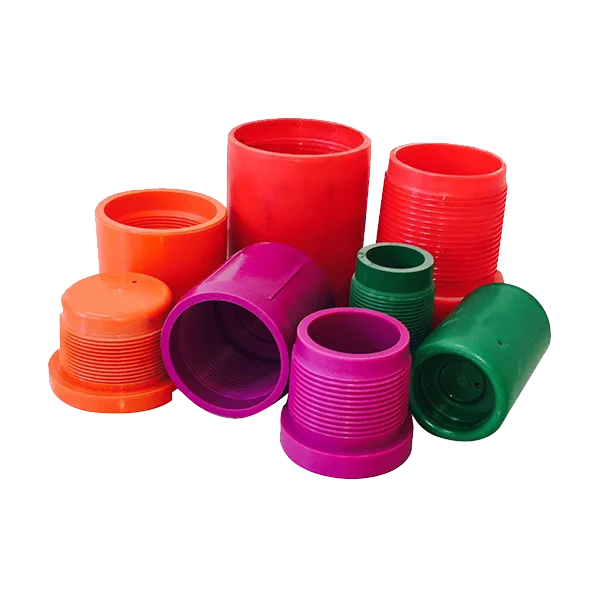
-
Pipe Packaging Frames

-
Concrete Weight Coating Mesh (CWC Mesh))
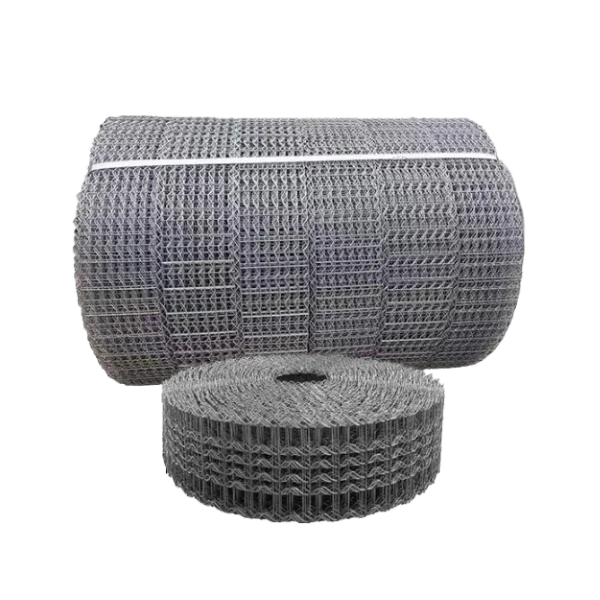
-
Wedge Wire Screen
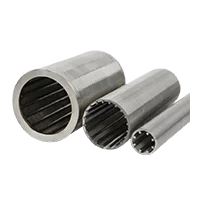
-
Drilling Fluid Purification Systems
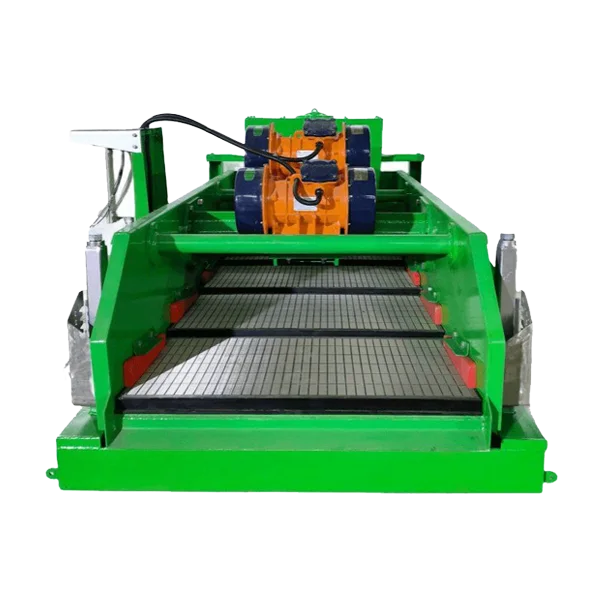
-
Drilling Fluid Purification Auxiliary Equipment
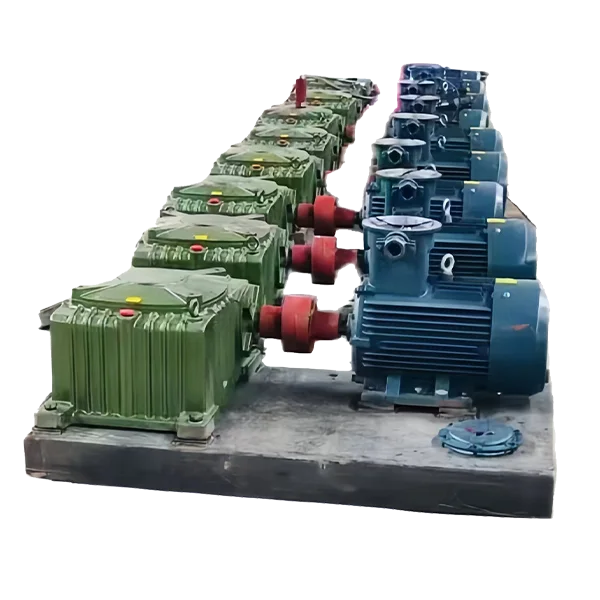
-
Mud Pump Accessories
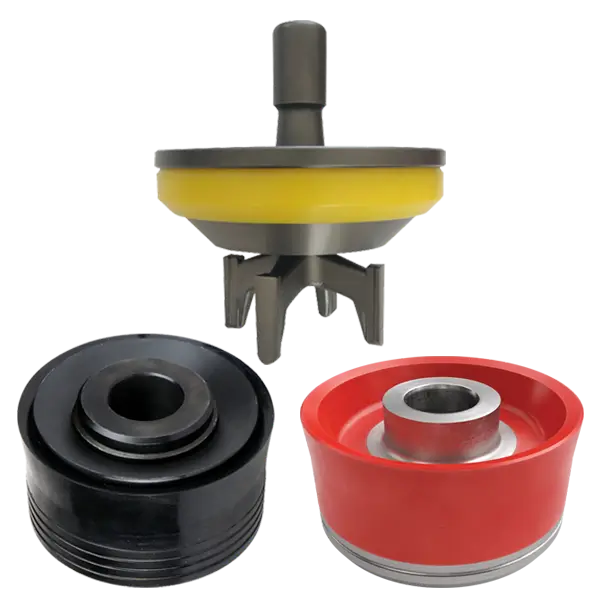
-
BOP Rubber Accessories
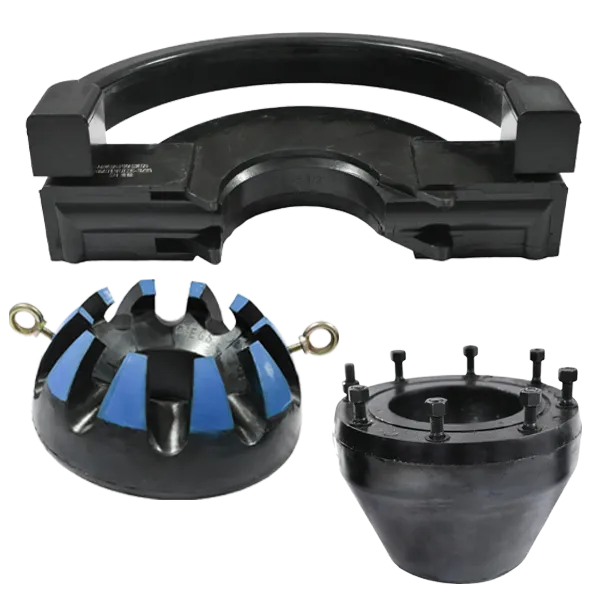
-
- Service
- Manufacturing
- About Us
- Contact
- Home
-
Products
- Casing Centralizers
- Bow Spring Centralizers
- Solid Rigid Centralizer
- Stop Collar
- Cement Float Shoe & Collar
- Cementing Plug
- Cementing Baskets
- Drill Pipe Screen
- ESP Cable Protector
- Sucker Rod Centralizer
- API Casing Pipe
- API Thread Protector
- Pipe Packaging Frames
- Concrete Weight Coating Mesh (CWC Mesh))
- Wedge Wire Screen
- Drilling Fluid Purification Systems
- Drilling Fluid Purification Auxiliary Equipment
- Mud Pump Accessories
- BOP Rubber Accessories
- Service
- Manufacturing
- About Us
- Contact

















